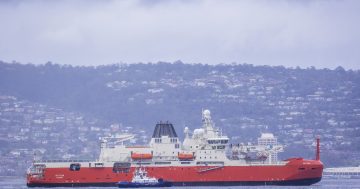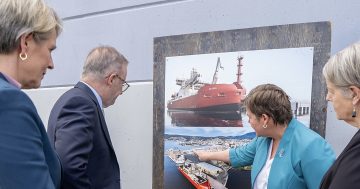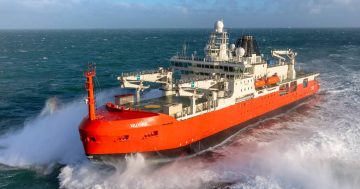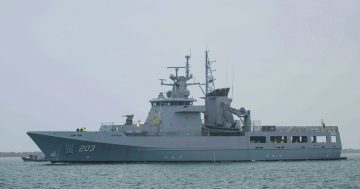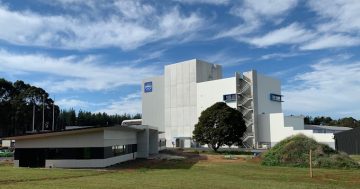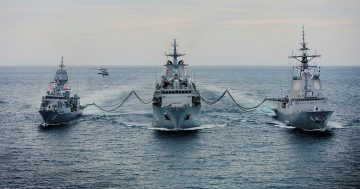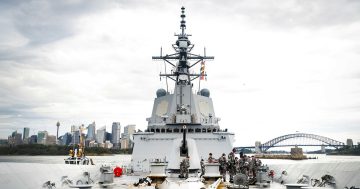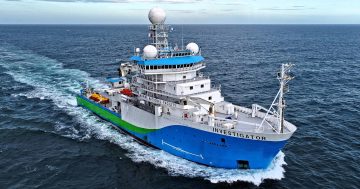 The Australian flag flew for the first time last week on board the nation’s new icebreaker ship RSV Nuyina, marking the final handover stage of the most advanced polar research vessel in the world.
The Australian flag flew for the first time last week on board the nation’s new icebreaker ship RSV Nuyina, marking the final handover stage of the most advanced polar research vessel in the world.
Minister for the Environment, Sussan Ley said the RSV Nuyina would be the most advanced research platform in the Southern Ocean.
“Nuyina is a Tasmanian Aboriginal word for southern lights and, when the ship arrives in Hobart later this year and comes under full Australian command, she will shine a light on the importance of Australian Antarctic science in monitoring and protecting our changing environment,” Ms Ley said.
“Nuyina’s 1,900-day journey from contract signing to handover has navigated a global pandemic and is the result of a collaboration between the Australian Antarctic Division; the vessel operator Serco; Danish concept designers Knud E Hansen; Dutch engineering and detailed design team Damen; and the construction team at the Galati shipyards in Romania,” she said.
Ms Ley said the building of the Nuyina was part of the Australian Antarctic Strategy and 20 Year Action Plan, which set out actions to protect Australia’s national Antarctic interests.
Director of the Australian Antarctic Division (AAD), Kim Ellis said the international team needed to adapt to a range of challenges throughout the ship’s construction, including the integration of complex technologies and needs into a single bespoke ship, as well as the impact of the pandemic.
“This ship was designed from the ground up to meet the specific needs of the Australian Antarctic Program and to provide a blend of science, logistics and passenger transport in one ship,” Mr Ellis said.
“It was already an extraordinarily complicated design and construction process, and when the pandemic arrived it added another layer of challenges,” he said.
The Director said the formal ownership ceremony in the Netherlands last week was a testament to the teams’ dedication and skill.
“We’re excited to finally take charge of what will be the most powerful scientific research vessel in the Southern Ocean,” Mr Ellis said.


